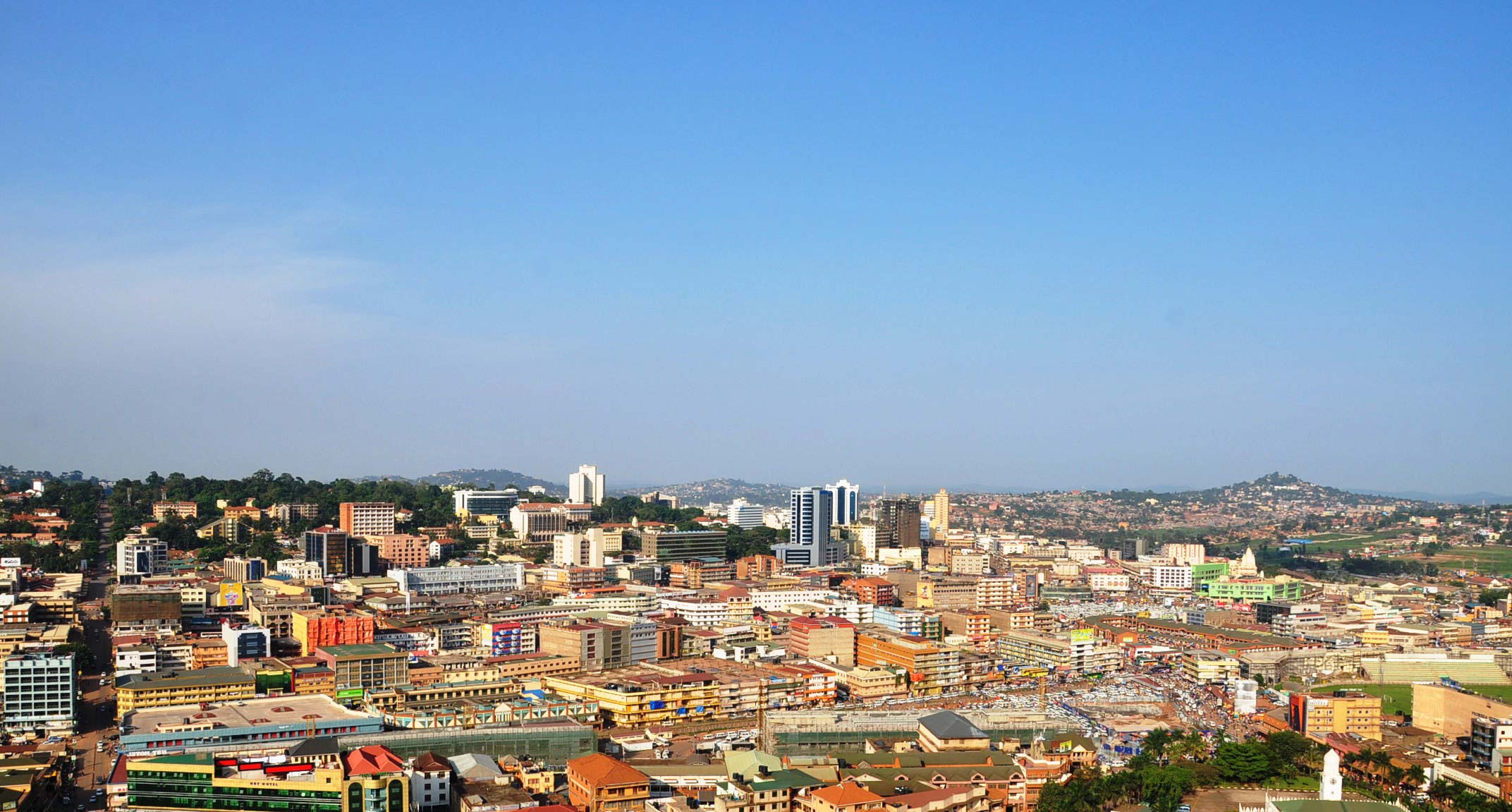
Susan Atai
Estimated reading time: 5 min
As a Director at RMJM East Africa, Susan Atai brings her consummate knowledge in design development and contract administration to every project in which she’s involved. After being appointed as a Partner to the firm in 2005, Susan later became a Director for the Symbion Uganda office in 2009. Her experience spans the commercial, residential, hospitality and retail sectors, allowing her to provide client-tailored solutions to a range of projects. She has been a fundamental part of RMJM‘s recent success in Africa.
When did you decide to be an architect?
There was a career guidance program in my high school in which a team from a nearby university came to talk to us about various career prospects. I didn’t really know about architecture before then (I’d never even met an architect before) and thought that I would probably end up as an accountant like my father. The professor who gave the talk inspired me to take up architecture. He highlighted the creativity involved and how it provided tangible products at the end of the day. His slide show was fascinating. As a child I enjoyed drawing, inventing and making things and was probably already well suited to this career path.
Can you tell us a bit about your training and your first steps in the profession?
My architectural undergraduate training was at Makerere University in Kampala Uganda from 1992 to 1997. At the time, the architectural course had just been introduced in Makerere and was made up of only six students, three girls and three boys. It was a challenging course but we worked very hard. I graduated in 1997 with a 1st Class honours degree in Architecture and, at that time, only three people in the university attained such high grades. After university, I was required to work for two years under a registered Architect and I was privileged to be accepted at Symbion for my on-job training. In September 2000, I was offered a Commonwealth Scholarship under the British Council to pursue a Master’s Degree in Construction Economics and Management at the Bartlett School of postgraduate studies at University College, London UK and attained my MSC in 2001.
You are currently working in the capital of Uganda, Kampala. Kampala is rapidly expanding and becoming a modern city, but there have also been claims it is losing its historical and cultural identity, as historical buildings and sites get modified or even demolished. You are a Member of the Historic Buildings Conservation Group (HBCG). As an architect, what are in your opinion the major threats and opportunities of this transformation?
Historic community buildings, neighbourhoods, and landscapes embody the intentions, assumptions, and lives of those who built or lived or worked in them. They have stories to tell about what the community was and how it became what it is, and that help us understand who we are. The pressures of development and ever appreciating land values in Kampala is working against this intention. There are historic neighbourhoods in Old Kampala that are being phased out due to pressures from redevelopments. Given that there are no government regulated “listed historic buildings” nor conservation guidelines, the future of these historic buildings in Uganda is at the mercy of individual developers.
You are also a Corporate Member and registered architect of the Uganda Society of Architects, and of the Architects Registration Board of Uganda (ARB). Despite Uganda currently sitting 110th out of 146 countries listed in the Gender Inequality Index, it is a very positive sign that the ARB’s Chairperson is a female architect [Flora Runumi Ahaisibwe]. Do you think that women are fully accepted and receive an equal treatment in the building industry in Uganda?
Women are not fully accepted in the building industry in Uganda but we are getting there. Sure, we have to work extra hard to prove our potential first in order to be accepted by society, clients and colleges in the industry. Once you get beyond this first handle, then the rest is OK.
How did your experience of studying in the UK influence you and what are the major differences you have noticed as a woman architect?
There is really no major difference in terms of the role of an architect, except that in Uganda there is less specialisation and an architect has an opportunity to work in many sectors of the building industry. The challenge as a designer in Uganda is there are less building materials and finishes to work and experiment with during the design process, as these have to be imported.
How would you describe architecture in Uganda right now?
Highly influenced by the economic climate.
Would you encourage a woman to start a career in architecture?
Yes, I definitely would. A woman can flourish in the architecture the same way a man can. One cannot look at gender as a limitation.
What is your personal motto?
My personal motto is ‘Do my best, so that I can’t blame myself for anything.’



Great Stuff Susan. Very Inspiring personal journey. Keep up the good work.